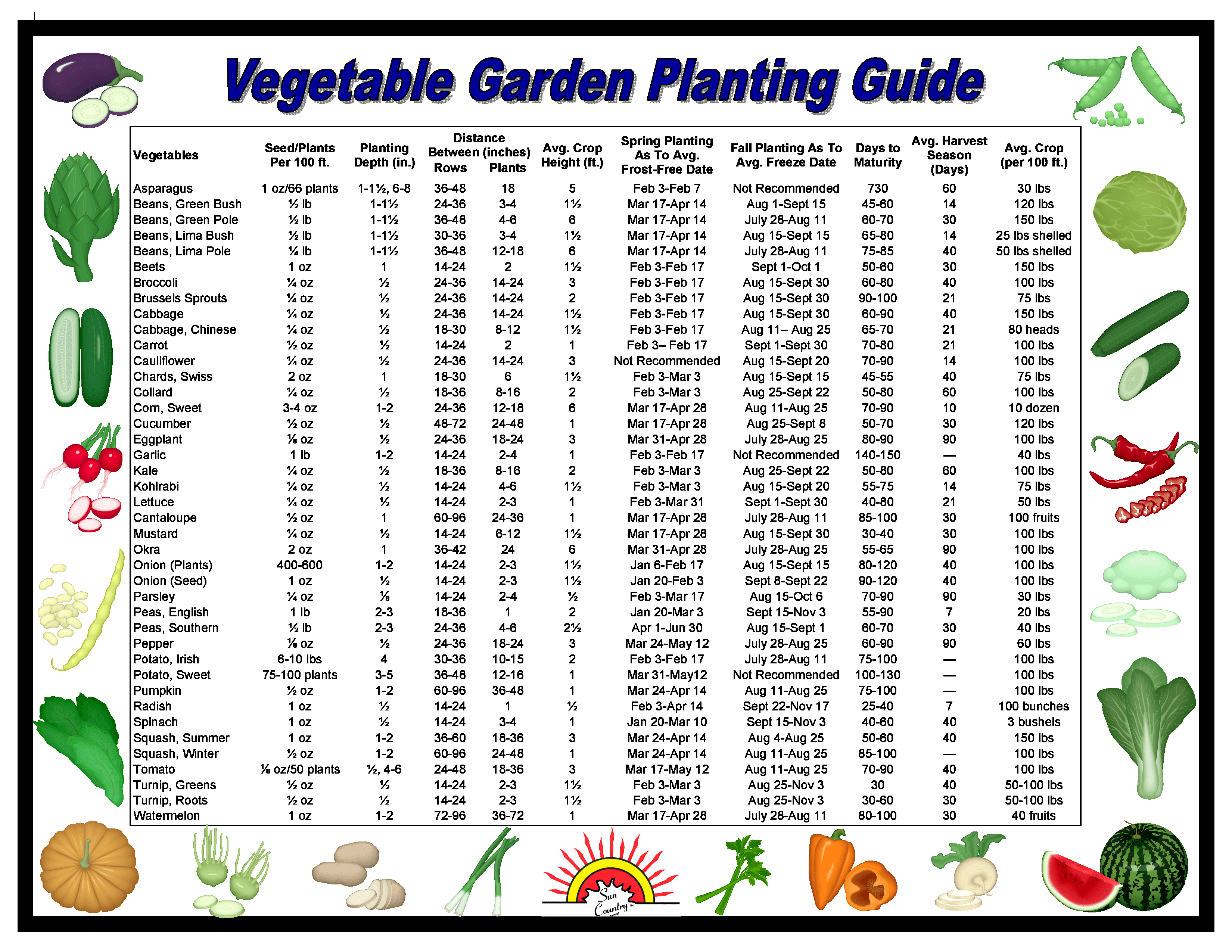Unlock Your Garden's Potential: The Ultimate Guide to Planting Times
Ever dreamt of biting into a sun-warmed tomato straight from your garden? Or savoring the crisp snap of a freshly picked bean? The key to this garden bounty lies in knowing precisely *when* to plant your vegetable garden. It's a puzzle of sunlight, soil temperature, and the unique needs of each plant, but one well worth solving.
Planting a vegetable garden isn't just about sticking seeds in the ground and hoping for the best. It's about understanding the rhythm of nature and working *with* it to achieve a flourishing harvest. Choosing the correct planting schedule is crucial for maximizing yields and enjoying the fruits (and vegetables!) of your labor.
The practice of strategically timing planting dates has ancient roots. For centuries, farmers have observed the changing seasons, the movement of the sun, and the subtle cues from nature to determine the optimal time to sow their crops. This knowledge, passed down through generations, has evolved into the science of understanding plant hardiness, frost dates, and growing seasons.
The biggest challenge in determining the right planting time is the variability of climates and microclimates. A gardener in Maine will have a very different planting schedule than a gardener in Florida. Even within the same region, factors like elevation, soil type, and sun exposure can influence planting dates. Understanding your specific local conditions is essential for successful gardening.
The basic concept of a "planting window" refers to the period when environmental conditions are most favorable for a particular plant to grow. This window is determined by the plant's hardiness (its ability to withstand cold temperatures) and its growing season (the length of time it needs to mature). For example, cool-season crops like spinach and lettuce can tolerate cooler temperatures and are often planted in early spring or fall. Warm-season crops like tomatoes and peppers, on the other hand, require warmer temperatures and are typically planted after the last frost.
One of the primary benefits of correctly timing your planting is maximized yield. When plants are sown at the right time, they have the optimal conditions to grow strong and produce abundantly. Another benefit is improved plant health. Planting at the right time strengthens the plant's resistance to pests and diseases. Finally, proper timing can extend your harvest season, allowing you to enjoy fresh vegetables from your garden for a longer period.
Creating an Action Plan:
1. Know Your Last Frost Date: This is the average date of the last killing frost in your area. You can find this information online or from your local agricultural extension office.
2. Determine Your First Frost Date: This is the average date of the first killing frost in the fall. Knowing this date helps you plan for fall planting and harvesting.
3. Understand Your Plants: Research the specific needs of the vegetables you want to grow. Some plants need a long growing season, while others can be planted later in the season.
Advantages and Disadvantages of Proper Planting Timing
| Advantages | Disadvantages |
|---|---|
| Maximized yield | Requires research and planning |
| Improved plant health | Can be affected by unpredictable weather |
| Extended harvest season |
FAQ:
1. What happens if I plant too early? Seeds may not germinate, or seedlings may be damaged by frost.
2. What happens if I plant too late? Plants may not have enough time to mature before the first frost.
3. How can I protect my plants from frost? Use row covers or cloches.
4. What are some good resources for finding planting information? Local agricultural extension offices, seed catalogs, and online gardening resources.
5. Can I start seeds indoors? Yes, starting seeds indoors can give you a head start on the growing season.
6. When should I transplant seedlings outdoors? After the last frost, when the soil has warmed up.
7. How can I improve my soil for vegetable gardening? Add compost or other organic matter.
8. How often should I water my vegetable garden? Water deeply and regularly, especially during dry periods.
Tips and Tricks:
Consider succession planting to maximize your harvest. Sow small batches of fast-growing crops every few weeks to ensure a continuous supply of fresh vegetables.
Mastering the art of *when* to plant your vegetable garden is the cornerstone of gardening success. By understanding the principles of planting times, researching your local conditions, and planning carefully, you can unlock your garden's potential and enjoy a bounty of fresh, homegrown vegetables. From the first seed sown to the final harvest, the timing of your planting plays a vital role in the health, productivity, and overall success of your garden. Take the time to learn about your plants, your local climate, and the specific needs of your garden. The rewards will be well worth the effort. Don't delay – start planning your dream garden today!
The enduring appeal of the bic cristal grip ballpoint pen in medium red
Elevating tradition the art of exclusive sampul duit raya
Unveiling the secrets inside the image of the mayan pyramid imagen de la piramide de los mayas


/Tomatoplantpot-GettyImages-1157384090-922e97b347e94527b9a58959cf06193d.jpg)








:max_bytes(150000):strip_icc()/vegetable-gardening-in-small-spaces-1403451-containers-38fba88c8dd1449596b756304cae86cb.jpg)


/vegetable-gardening-in-small-spaces-1403451-01-aa94b9199ba145079de2417b219c89b4.jpg)